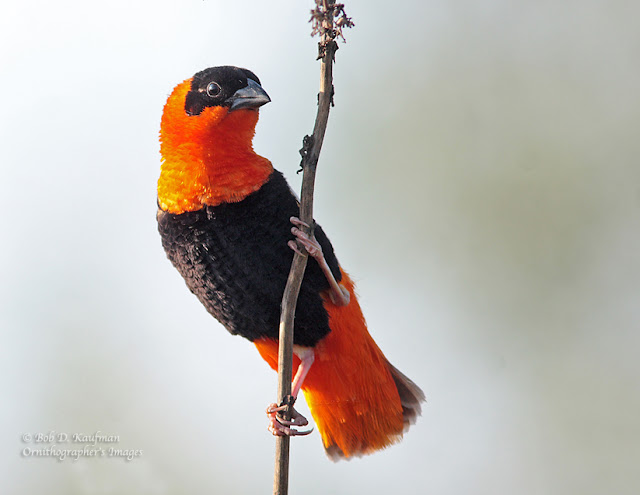Hooded Mergansers are so named because of the elaborate crests praticularly those of the males. When fully erect, the white plumage framed by black feathers really stands out. The female's crest on the other hand is bright rufous in color and looks like it was permanently windblown. Hooded Mergansers are fairly common in NorthAmerica. They prefer freshwater ponds and rivers. They nest in tree cavities and the precocious ducklings jump from the tree to the ground just one day after they were hatched.
Hooded Merganser - Lophodytes cucullatus - male
Tewinkle Park, Costa Mesa, California
March 12, 2007
Canon 30D, 500mm+1.4X (700mm) on a tripod
ISO-400, 1/500, f7.1
Hooded Merganser - female
Tewinkle Park, Costa Mesa, California
March 12, 2007
Canon 30D, 500mm+1.4X (700mm) on a tripod
ISO-400, 1/500, f8
.jpg)
.jpg)




.jpg)
.jpg)


.jpg)

.jpg)